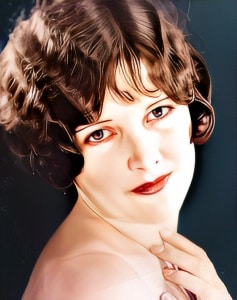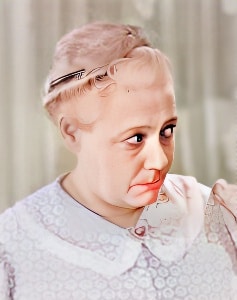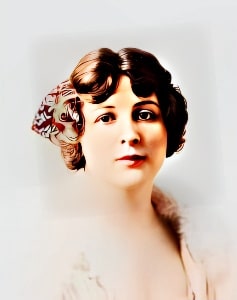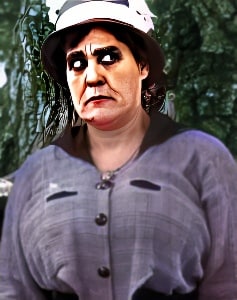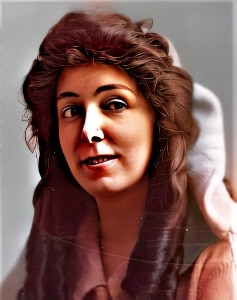 Edythe Chapman, an American actress born on October 8, 1863, in Rochester, New York, was a notable figure in the early years of American cinema.
Edythe Chapman, an American actress born on October 8, 1863, in Rochester, New York, was a notable figure in the early years of American cinema.
Her career spanned the silent film era, during which she showcased her acting versatility and contributed significantly to the burgeoning world of film. While her name may not be as widely recognized today as some of her contemporaries, her work in the film industry remains a valuable part of cinematic history.
Chapman’s journey into the world of entertainment began in the late 19th century, primarily on the theatrical stage. Her early experience in live theater provided a strong foundation for her eventual transition to silent films. At the time, silent films relied on visual storytelling, requiring actors to convey emotions and narratives primarily through facial expressions and physical movements, a challenge at which Edythe Chapman excelled.
One of the pivotal moments in Edythe Chapman’s cinematic career was her role in the 1922 silent film “ Manslaughter,” directed by Cecil B. DeMille. “ Manslaughter” is a captivating drama that explores themes of privilege, justice, and societal expectations, set against the backdrop of the Roaring Twenties. In the film, Chapman’s performance added depth to the narrative, showcasing her ability to engage with complex characters and emotionally charged storylines. The film is celebrated for its opulent set designs, grandiose party scenes, and thought-provoking storytelling.
Chapman’s career extended beyond her work in “ Manslaughter.” She appeared in a variety of silent films, encompassing dramas, comedies, and character-driven roles. Her filmography exemplified her ability to engage with a diverse range of characters and narratives, further establishing her reputation as a versatile actress in the early days of cinema.
The transition to sound films marked a significant shift in the film industry, challenging many silent film actors to adapt to this new era. Edythe Chapman, however, successfully made the transition, underscoring her adaptability and commitment to her craft. She continued to appear in sound films, solidifying her place in the evolving cinematic landscape.
While her name may not be as widely recognized today as some of the leading actors of her time, Edythe Chapman’s contributions to early American cinema are a testament to her talent and dedication. Her performances in the silent film era and her successful transition to sound films underscore her versatility as an actress.
In conclusion, Edythe Chapman was a versatile American actress who made significant contributions to the early years of American cinema. Her career spanned the silent film era and the transition to sound films, during which she showcased her adaptability and ability to excel in a variety of roles. Although her name may not be as widely recognized today, her talent and adaptability as an actress continue to inspire future generations of actors and filmmakers. Edythe Chapman’s contributions to the art of acting in the early days of cinema remain an enduring part of cinematic history.
Loading live eBay listings...

